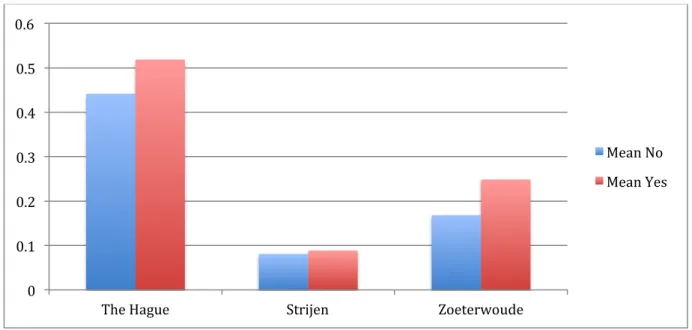Accountability and Opposition Parties in Dutch Municipal Councils
Full text
Figure




Outline
Related documents
In the marketing strategy, the author put forward to consider the overall situation of the MPV market, in accordance with existing domestic MPV segment market at different levels
One of the key indicators of the pension funds’ activity in the economy is the ratio of investment volume and the GDP size (Fig. The greater the amount of the investment funds,
In this sense we represent the more generalize EOQ model using the broad concept of fractional calculus where the model is based on stock dependent demand.. Here we have applied
We hypothesized that reef fish abundance, species richness, and diversity would be negatively related with lionfish abundance due to the predation of invasive lionfish on small
Increased student engagement in academic activities is an important component of increased on-task and appropriate behaviour in classrooms and it provides greater opportunities
Christianity, patriotism and a passionate love of freedom are the dominant trends of the ten centuries of Poland's turbulent history.. Few nations have suffered
These were a 0.5¢ sales tax (43% support), a 10¢ gas tax increase with revenue to be dedicated to projects that would reduce the transportation system’s impact on global warming
To test this conjecture, De Bondt and Thaler (1985) in their seminal study tested the empirical validity of the overreaction hypothesis using monthly returns of


